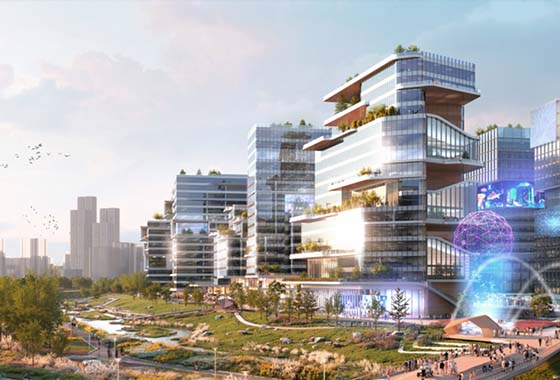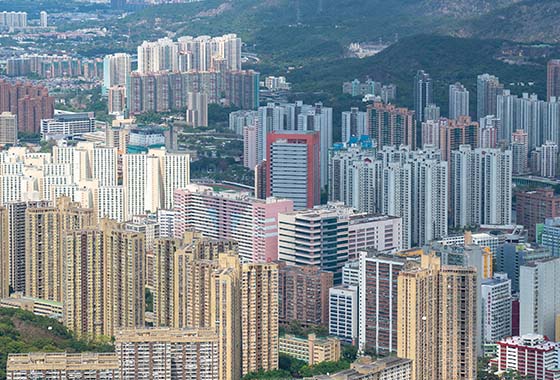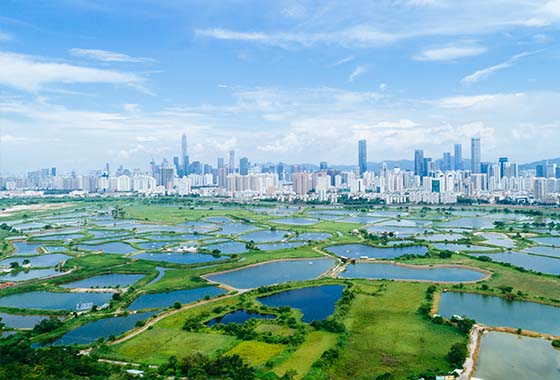Why Hong Kong’s land crisis cannot be fixed quickly by focusing on brownfield sites
This article appeared originally in the South China Morning Post on 11 January, 2019.
Authors: Ryan Ip, senior researcher and Iris Poon, researcher at the Public Policy Institute of Our Hong Kong Foundation
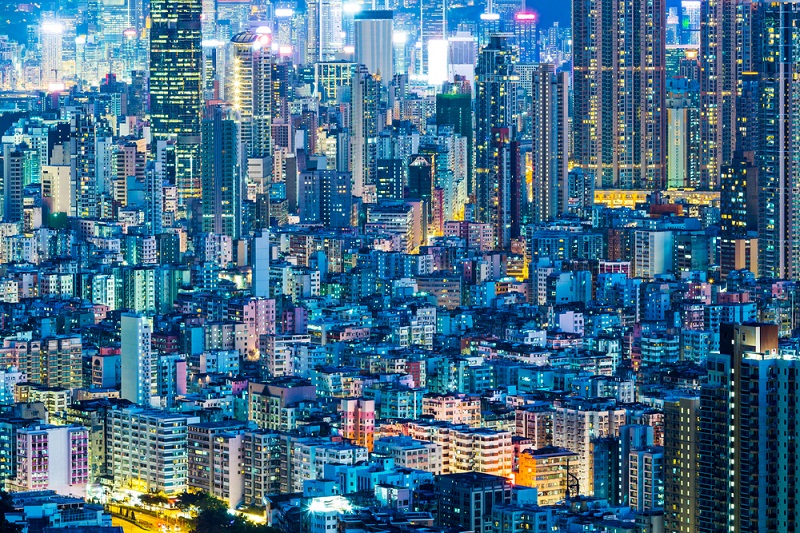
The Task Force on Land Supply has finally published its report following a five-month public engagement exercise, dubbed the “big debate” by Chief Executive Carrie Lam Cheng Yuet-ngor. The report has proposed a multipronged approach to increase land supply and identified eight short-, medium- and long-term options.
However, in the near future, Hong Kong’s quest for solutions to its acute land shortage will face a dead end. The three short-to-medium-term options listed by the task force, when combined, can only provide 320 hectares of land, compared to the projected shortage of at least 815 hectares over the next 10 years.
Some have proposed that developing brownfield sites, former agricultural land in the New Territories that is being used for other purposes, alone could solve Hong Kong’s pressing land shortage. Yet, few realise that the emergence of brownfield sites is the result of negligence in land planning and development over the past two decades.
This failure, coupled with a surge in demand for land for logistics and industrial use driven by economic growth, has contributed to the current shortage. While the logistics industry’s share of Hong Kong’s gross domestic product has increased 57 per cent since 2000, the total floor space for private storage has risen just 11 per cent over the same period. Thus, businesses turned to idle land in the New Territories.
The unorganised manner in which this occurred eventually led to the brownfield disorder we face today. The emergence of brownfield sites parallels that of subdivided flats; the former is the consequence of a shortage of land for industrial and logistics use, the latter of a shortage of residential land.
At present, there are some 540 hectares of brownfield sites in numerous New Development Areas (NDAs). They account for about 30 per cent of these areas, or about 40 per cent of the 1,300 hectares of all brownfield sites in Hong Kong. There are a few important considerations when we develop these brownfield sites, either inside or outside NDAs.
Unlike overseas, brownfield sites in Hong Kong are not idle or abandoned land. On visiting, we found that businesses running on these sites in Hong Kong are pivotal to our daily lives and economy. For example, we visited a logistics centre that handles goods distribution for a leading food and beverage company to the entire city, and an e-commerce warehouse which stores up to HK$500 million worth of online orders. We also visited a steel-bending factory that processes steel bars for further use in the construction industry. These operations serve the public, although most people are unaware of them.
Similar to the experience of cracking down on food hawkers, some brownfield businesses with low profitability may be eliminated. A government survey conducted in 2015 and 2016 shows that the median rents of brownfield sites in Hung Shui Kiu and Yuen Long South were HK$1.91 and HK$3.56 per square foot respectively.
These are just a fraction of the average rent of flatted factories in the New Territories, which stands at above HK$12 per square foot, according to figures from the Rating and Valuation Department. This would mean that, in the process of relocating brownfield operations, the government would inevitably have to establish mechanisms for rental subsidies. However, the current discussion on developing brownfield sites as a land option rarely touches on this complexity.
A further consideration is the livelihood of those working on brownfield sites, and whether they could be re-employed in the same district. A government document states that about 190 hectares of brownfield sites will be affected by the Hung Shui Kiu NDA, and the businesses employ more than 3,000 workers.
Based on this ratio, the 1,300 hectares of brownfield sites in Hong Kong would employ at least 20,000 workers, implying that the livelihoods of more than 20,000 families are at stake. Many of these people have been employed near their homes and do not need to commute to work. Whether they can be re-employed in the same district is a critical consideration.
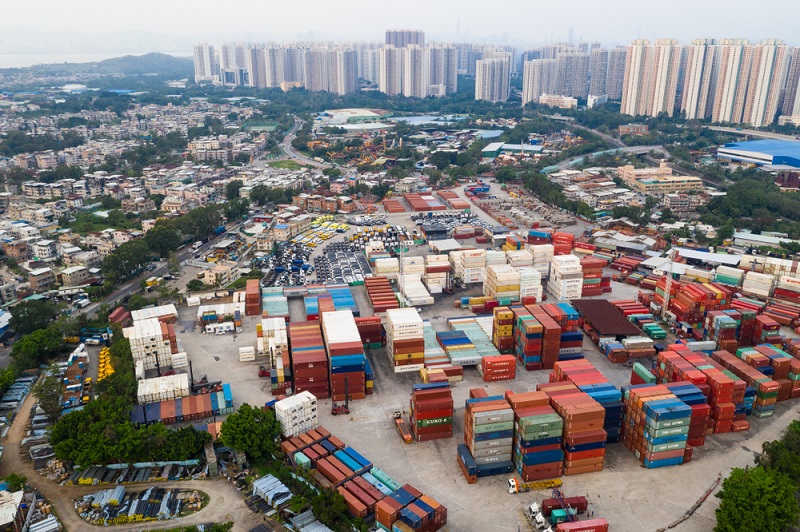
Further, brownfield sites must be developed in a comprehensive, large-scale manner to rectify the current disarray. The government has pointed out that it is possible to house certain types of brownfield operations in multi-storey industrial buildings but some businesses still need to be operated outdoors due to technical requirements.
Singapore has three times more land for industrial and logistics use than Hong Kong. Although the two economies have different structures, the importance of having enough ancillary land for economic activities is clear.
Moreover, a necessary precondition for development is to have land readily available to relocate affected operations. Regrettably, this is exactly what Hong Kong is short of at the moment.
The emergence and abundance of brownfield sites is the result of a lack of proper land planning and development in the past. We should tackle the problem by resettling brownfield operations properly, but first we must make up for the shortage in land supply over the past two decades. This could be achieved by developing new land on a large scale, and re-initiating a refined planning exercise for land.
